help troubleshoot problem - see pic
johndoug
17 years ago
Related Stories
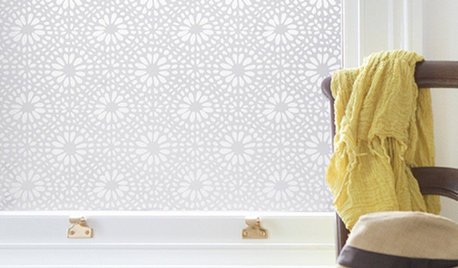
DECORATING GUIDESSolve Privacy Problems With Window Film
Let the light in and keep prying eyes out with an inexpensive and decorative window film you can apply yourself
Full Story
KITCHEN DESIGNDesign Dilemma: My Kitchen Needs Help!
See how you can update a kitchen with new countertops, light fixtures, paint and hardware
Full Story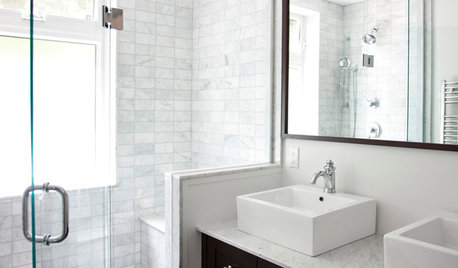
BATHROOM DESIGNAiry Bathrooms See the Light
A breezy bathroom can be a revelation. These 8 ideas will help you lighten up yours in surprising ways
Full Story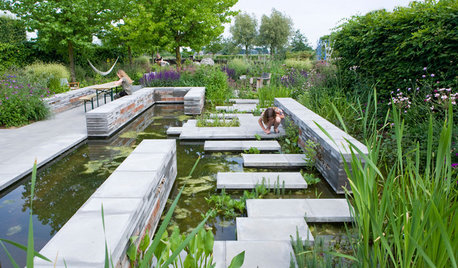
LANDSCAPE DESIGNProblem Solving With the Pros: A Garden Built From Scratch
Nature is reintroduced and redefined in a Dutch urban setting, to forge a dynamic relationship with city dwellers
Full Story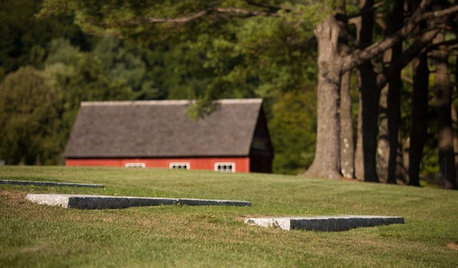
LANDSCAPE DESIGNProblem Solving With the Pros: Rustic Simplicity in a Country Garden
Editing thoughtfully and adding some magic result in a timeless weekend retreat
Full Story
PETSHow to Help Your Dog Be a Good Neighbor
Good fences certainly help, but be sure to introduce your pup to the neighbors and check in from time to time
Full Story
KITCHEN DESIGNSee-Through Refrigerators Dare to Go Bare
Glass-front fridge doors put your food and drinks on display, for better or worse. See the benefits and disadvantages
Full Story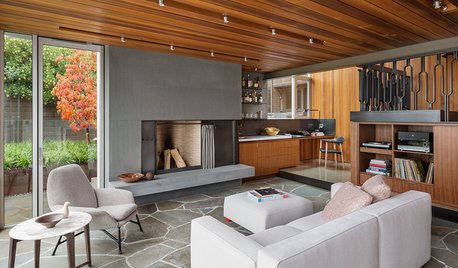
FLOORSHow to Get a Tile Floor Installed
Inventive options and durability make tile a good choice for floors. Here’s what to expect
Full Story
GREEN BUILDINGHouzz Tour: See a Concrete House With a $0 Energy Bill
Passive House principles and universal design elements result in a home that’ll work efficiently for the long haul
Full Story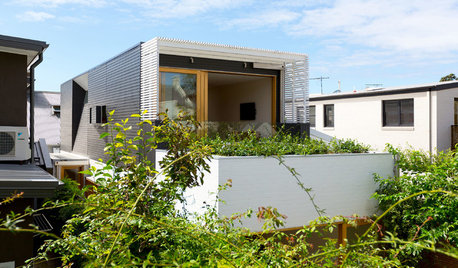
MODERN HOMESHouzz Tour: Seeing the Light in a Sydney Terrace House
A narrow row house gains lots of interior sunshine and a connection to the outdoors without sacrificing privacy
Full Story





rhodyman
Related Professionals
70037 Landscape Architects & Landscape Designers · Brookfield Landscape Contractors · Dallas Landscape Contractors · Damascus Landscape Contractors · Desert Hot Springs Landscape Contractors · Fair Lawn Landscape Contractors · Flagstaff Landscape Contractors · Gallatin Landscape Contractors · Gloucester Landscape Contractors · Huntley Landscape Contractors · Little Ferry Landscape Contractors · Madera Landscape Contractors · Nashua Landscape Contractors · Wallingford Landscape Contractors · West Chicago Landscape Contractors